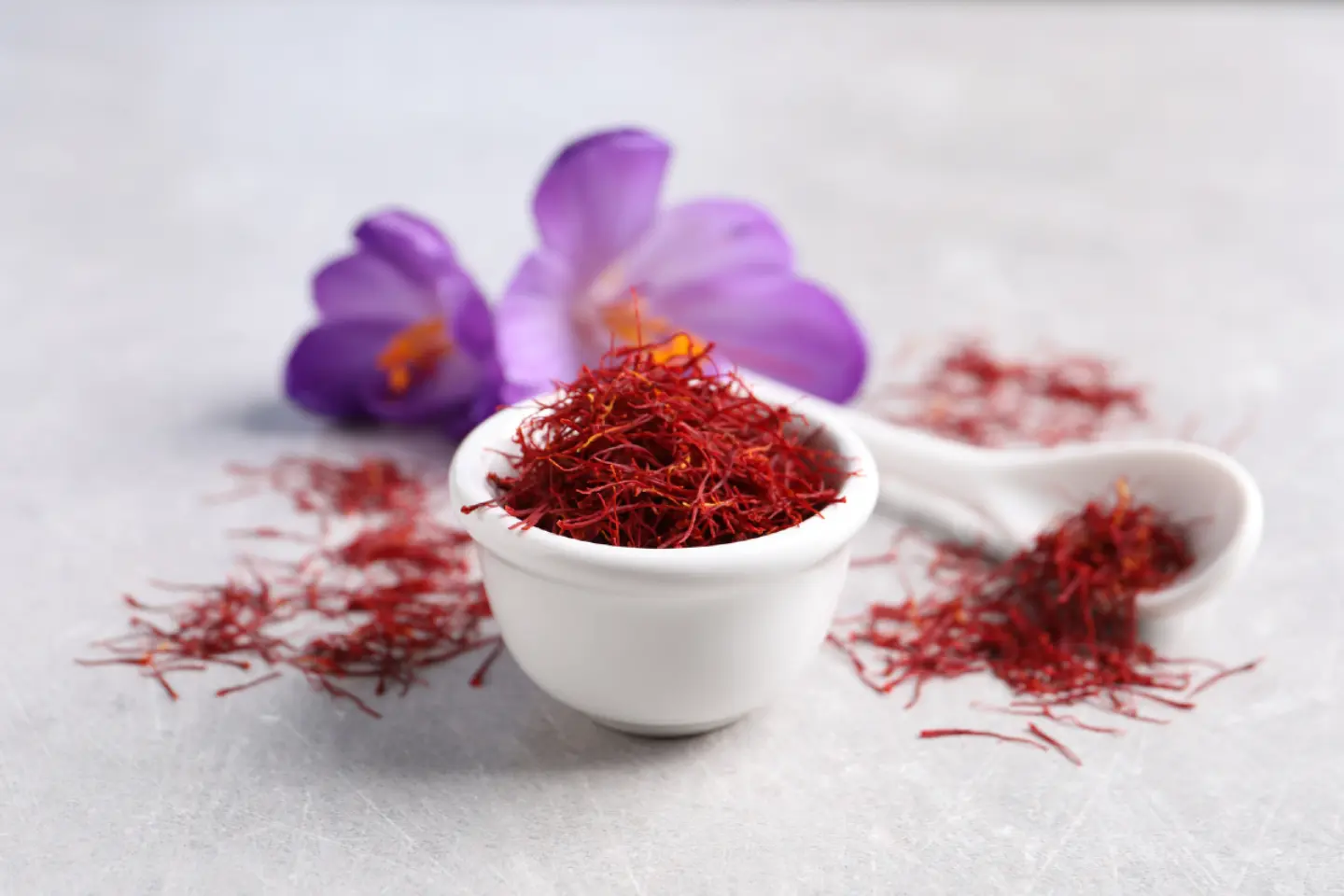Saffron, often referred to as the 'red gold,' is as precious as its moniker suggests. Prized for its distinct colour, aromatic flavour, and medicinal attributes, it's no wonder that saffron is one of the world's most expensive spices. But with great value comes great temptation for adulteration. In a market flooded with fraudulent versions, discerning the genuine from the fake has become imperative for consumers and food enthusiasts alike. Fortunately, there are a number of ways to distinguish authentic saffron from its cunning substitutes.

One of the initial markers of true saffron is its appearance. Authentic saffron comprises thin, red stigmas with slight yellowish hues at the tips, harvested from the Crocus sativus flower. Each thread is trumpet-shaped, with a non-uniform structure and a tendency to fray at one end. In contrast, fake saffron often appears too uniform in length and colour, and may look too perfect. Additionally, adulterated saffron might contain extraneous materials or look overly thick and brittle.
When handling saffron, take advantage of your tactile senses. Real saffron threads are delicate yet resilient, neither breaking too easily nor feeling overly coarse. Fake saffron may feel wiry or substantial due to added fibres or the presence of other plant matter. Pay attention to the sensation: Genuine saffron should feel somewhat soft and springy, not hard or plastic-like.
The aroma of saffron is distinct and cannot be easily imitated. It combines a sweet, floral scent with earthy undertones and a hint of metallic honey. Often, fake saffron's aroma is either overwhelmingly strong - as synthetic fragrances are added to mimic the natural scent - or virtually non-existent. It's wise to trust your nose; if the scent is too pungent, or completely absent, question the authenticity of the product.
Performing the taste test is another reliable method. Authentic saffron has a complex flavour profile – subtly sweet and mildly bitter with a luxurious, honey-like taste that lingers on the palate. Fake saffron will taste noticeably different. It might be overtly bitter or have no flavour at all. Be cautious; if the taste is off, chances are the saffron is too.
Moreover, true saffron imparts a golden-yellow hue to food and liquids, due to the natural chemical compound crocin. To test, simply soak a few threads in hot water. Genuine saffron will slowly release its colour, turning the water a vivid golden hue over time, and the threads themselves will remain intact. In contrast, fake saffron often bleeds colour quickly and excessively, resembling food dye, and might even dissolve.
The water test serves a dual purpose as it can also reveal added colours used to enhance counterfeit saffron. When placed in cold water, the dyes will wash out, turning the water bright and artificial shades of red or orange, unlike the organic colour released by real saffron. These artificial colours can also stain your skin, so if you find your fingers turning colours after handling the threads, this is a red flag.
In the digital age, consumers also have the added advantage of tracing the origin of the saffron. Reputable sellers often provide a certificate of authenticity or have a transparent supply chain traceable to the farms. Check for labelling that includes information about sourcing and perhaps even QR codes linked to traceability systems.
The price of the product is also a significant indicator of its authenticity. Saffron is labour-intensive to produce, requiring over 150,000 flowers to make just one kilogram of saffron threads. Consequently, genuine saffron will never be cheap. If a deal seems too good to be true, it likely is, and the product may well be counterfeit.
Lastly, it pays to buy from a reputable source. Specialty spice stores, verified online merchants, and premium supermarkets are generally reliable sources to purchase saffron. Avoid purchasing from vendors that lack transparency regarding their product's origin or seem to offer it at suspiciously low prices.
In sum, identifying genuine saffron from fake requires a combination of visual examination, tactile testing, aroma and taste evaluation, and a little help from simple water tests. It is also crucial to consider the retailer's reputation and the product's pricing when making a purchase. With these expert tips in mind, you can enjoy the splendour of real saffron in your culinary endeavours, reaping its benefits without falling prey to unscrupulous substitutions. After all, the true essence of saffron lies not only in its exuberant colour and flavour but also in its authenticity.
